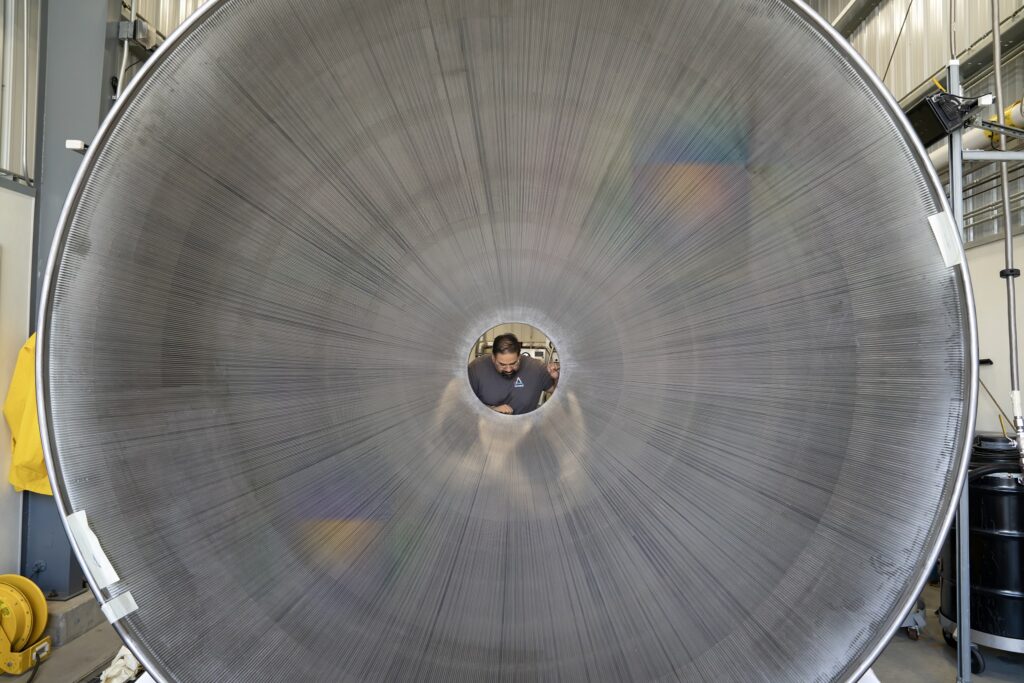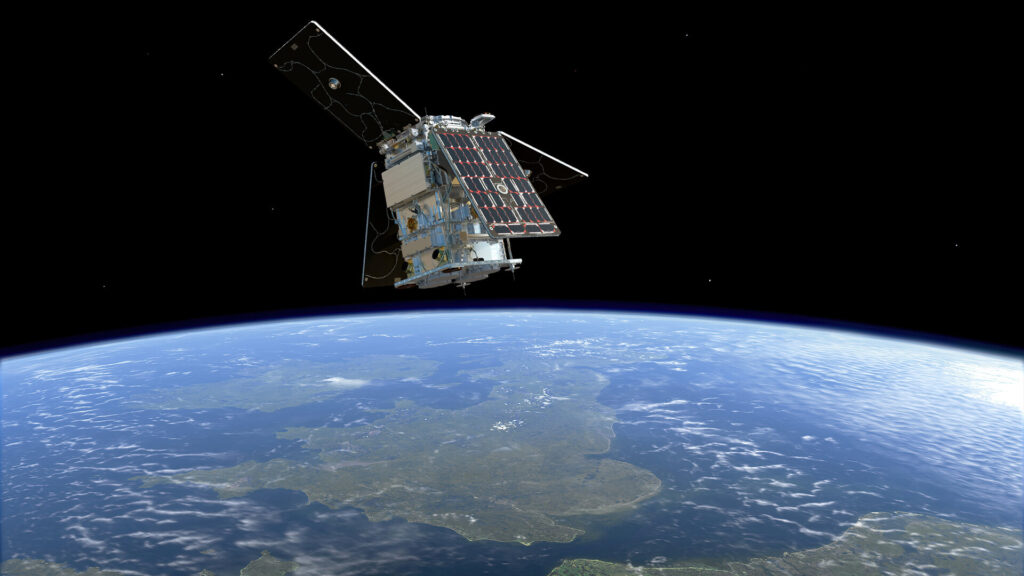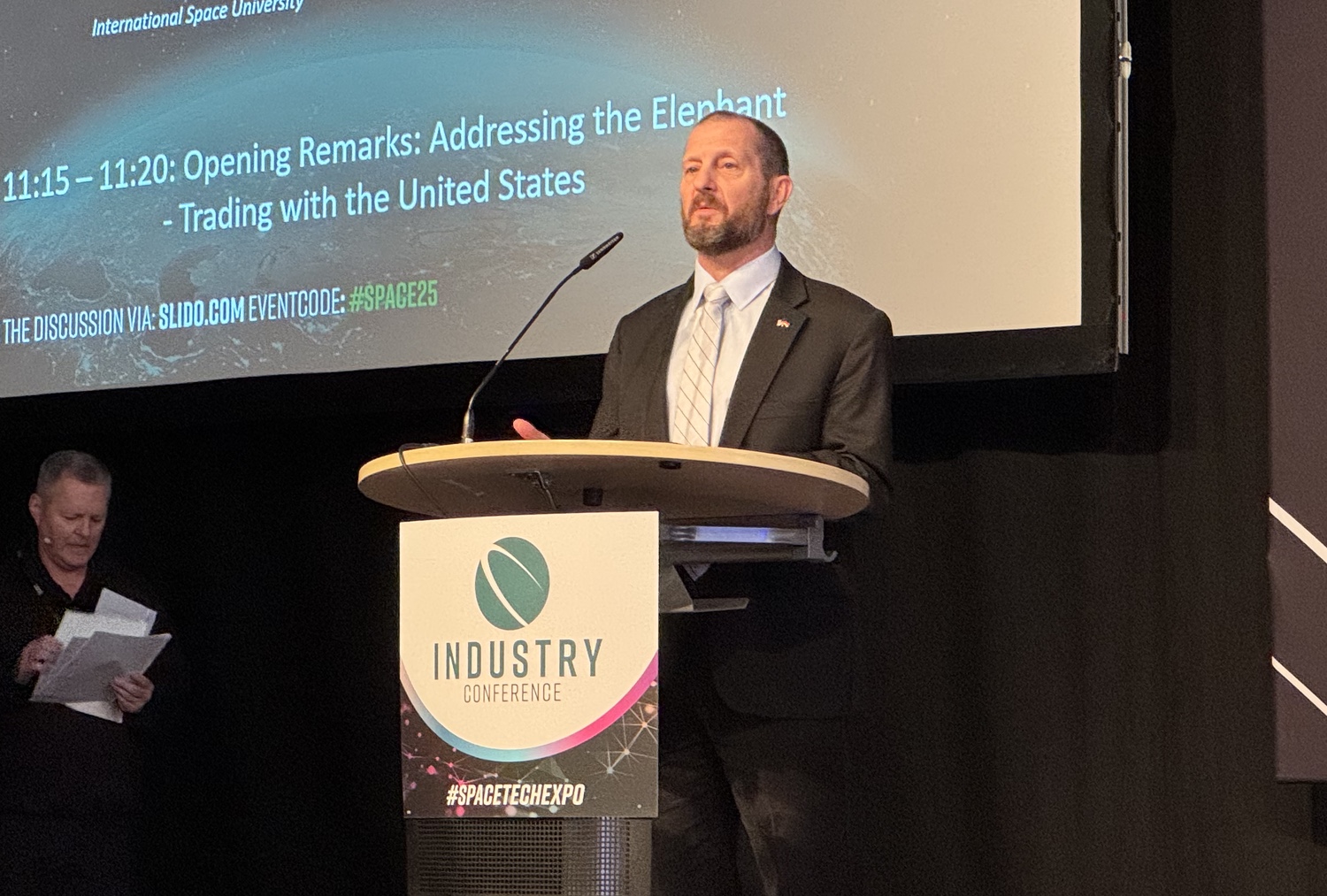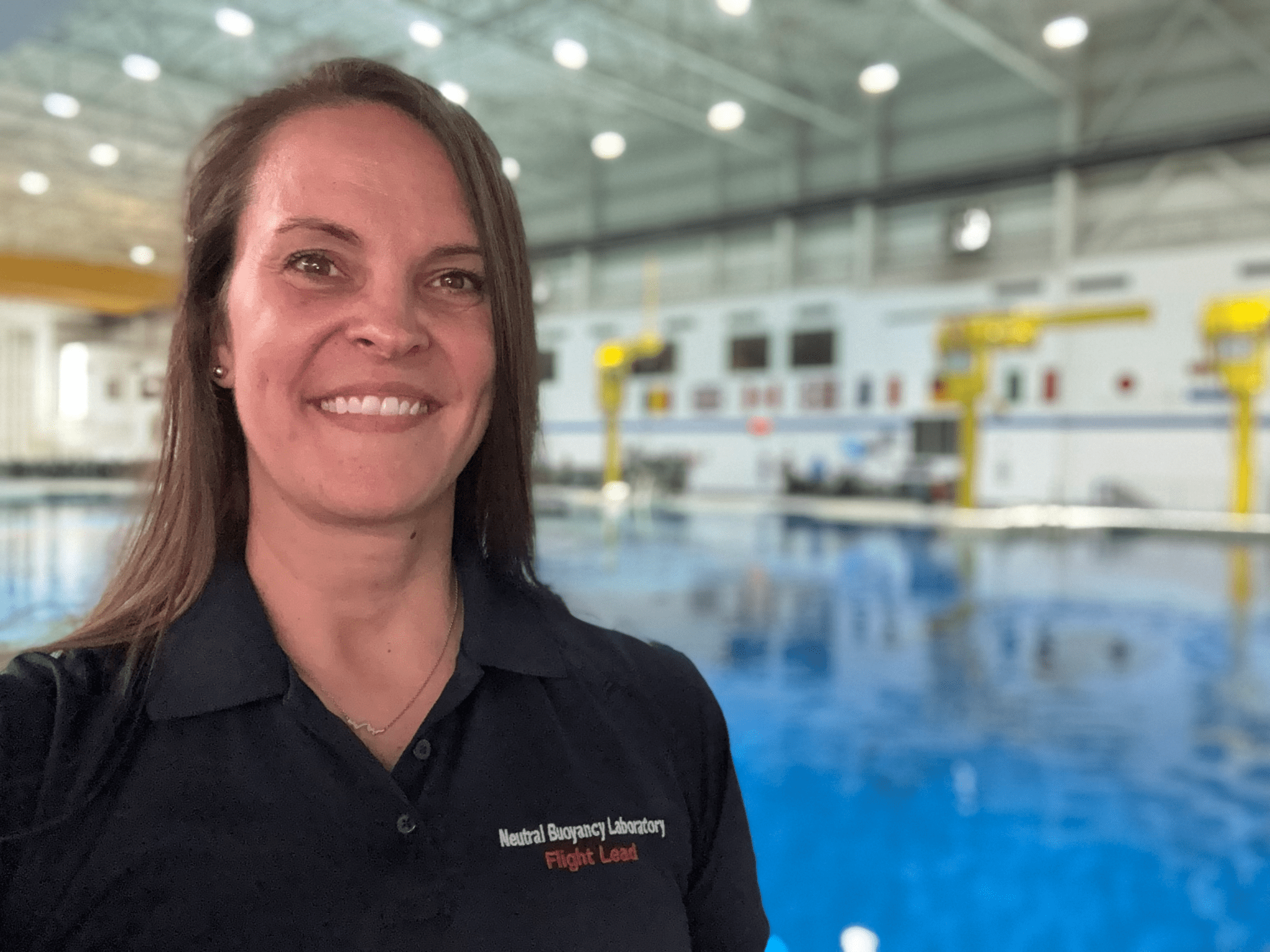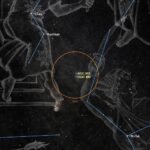Now Reading: James Webb Telescope Identifies Early Supermassive Black Hole Challenging Cosmic Formation Theories
-
01
James Webb Telescope Identifies Early Supermassive Black Hole Challenging Cosmic Formation Theories
James Webb Telescope Identifies Early Supermassive Black Hole Challenging Cosmic Formation Theories
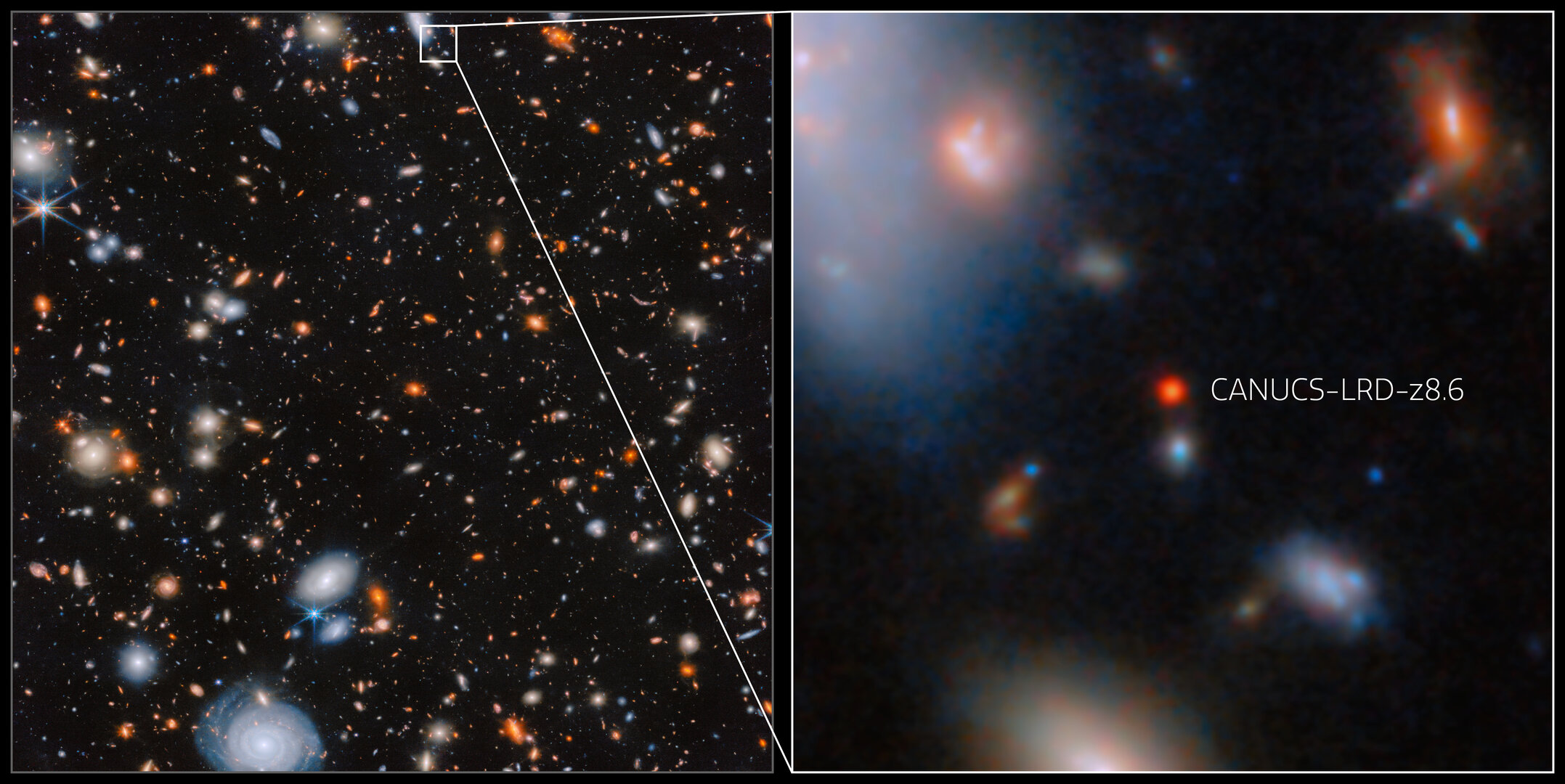

Researchers using the advanced capabilities of the James Webb Space Telescope, a collaboration between NASA, ESA, and the CSA, have made a groundbreaking discovery: an actively evolving supermassive black hole residing in a galaxy that formed just 570 million years after the inception of the Universe. This galaxy, designated CANUCS-LRD-z8.6, is part of a category of distant and diminutive galaxies that have posed significant questions for astronomers, making this finding an important advancement in cosmological studies. The revelation strengthens the connection between early supermassive black holes and the quasars that are observed in the present day.
Over its initial three years, Webb has identified a growing collection of distant, vividly colored celestial bodies known as Little Red Dots (LRDs). While these LRDs remain enigmatic, their unexpected frequencies have sparked intrigue among scientists. The identification of the active black hole in CANUCS-LRD-z8.6 exemplifies Webb’s exceptional observational prowess. The telescope’s Near-Infrared Spectrograph (NIRSpec) was instrumental in capturing the faint light from this distant galaxy, revealing critical spectral characteristics indicative of a black hole that’s rapidly accumulating mass.
Lead researcher Roberta Tripodi, affiliated with the University of Ljubljana in Slovenia and the INAF – Osservatorio Astronomico di Roma in Italy, remarked on the significance of the discovery, stating that observing a galaxy from such an early epoch hosting a rapidly growing supermassive black hole is astonishing. This challenges existing paradigms regarding the genesis of black holes and galaxies during the nascent stages of the Universe and opens new research avenues to explore the formation processes behind these astronomical giants.
The research team meticulously analyzed the galaxy’s spectrum, which exhibited highly ionized gas bathed in intense radiation, suggesting that it is rotating swiftly around a central source—traits synonymous with an accreting supermassive black hole. The spectral data provided estimates for the black hole’s mass, unveiling an unexpected scale that is particularly large given the age of the Universe at that time. This glimpse into CANUCS-LRD-z8.6 reveals it as a compact galaxy still in the early stages of its evolution, having not yet synthesized significant amounts of heavy elements.
Dr. Nicholas Martis, another key contributor from the University of Ljubljana, emphasized the pivotal role of Webb’s data in this endeavor, indicating that the spectral features detected could not have been resolved with earlier technology. He pointed out that the galaxy’s black hole is disproportionately massive when contrasted with the overall stellar mass, hinting at a much quicker rate of black hole growth in the early Universe than typically anticipated.
Traditionally, astronomers have noted a correlation between the mass of supermassive black holes and their host galaxies—larger galaxies typically harbor larger black holes. However, CANUCS-LRD-z8.6 represents the heaviest host galaxy known from such an early epoch, yet its black hole exceeds expected mass ratios. This finding suggests that black holes in the early Universe might have experienced accelerated growth trajectories, even within smaller galaxies.
Prof. Maruša Bradač, who leads the research group at the University of Ljubljana, described the discovery as a major stride towards understanding how the first supermassive black holes emerged in cosmic history. The rapid growth of this particular black hole prompts new questions about the mechanisms behind the formation of such enormous entities so soon after the Universe began. As the research team delves deeper into the data, they aim to uncover additional galaxies like CANUCS-LRD-z8.6, which could illuminate our understanding of black hole and galaxy co-evolution in the Universe’s infancy.
To enhance their research, the team plans further observations with the Atacama Large Millimetre/submillimetre Array (ALMA) and follow-up studies using Webb to investigate the cold gas and dust within the galaxy, thus refining their understanding of the black hole’s characteristics. The continued exploration of this LRD is set to provide essential insights into the early Universe, particularly regarding the interplay between galaxies and their central black holes.
As astronomers leverage the capabilities of JWST to probe the Universe’s formative years, they anticipate uncovering even more surprises, further enriching our understanding of how the very first supermassive black holes grew and evolved, ultimately laying the foundation for the luminous quasars visible today. This research was facilitated by the CANUCS collaboration and has recently been published in Nature Communications.
Stay Informed With the Latest & Most Important News
Previous Post
Next Post
-
 012024 in Review: Highlights from NASA in Silicon Valley
012024 in Review: Highlights from NASA in Silicon Valley -
 02Panasonic Leica Summilux DG 15mm f/1.7 ASPH review
02Panasonic Leica Summilux DG 15mm f/1.7 ASPH review -
 03How New NASA, India Earth Satellite NISAR Will See Earth
03How New NASA, India Earth Satellite NISAR Will See Earth -
 04And Thus Begins A New Year For Life On Earth
04And Thus Begins A New Year For Life On Earth -
 05Astronomy Activation Ambassadors: A New Era
05Astronomy Activation Ambassadors: A New Era -
06SpaceX launch surge helps set new global launch record in 2024
-
 07Space Force plans new ‘Futures Command’ amid pressure to speed up modernization
07Space Force plans new ‘Futures Command’ amid pressure to speed up modernization












